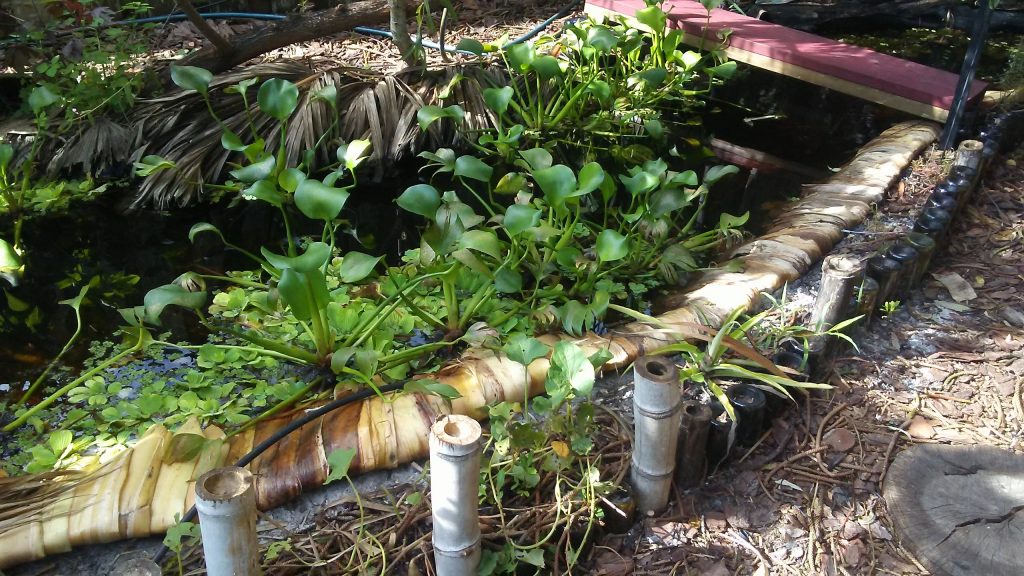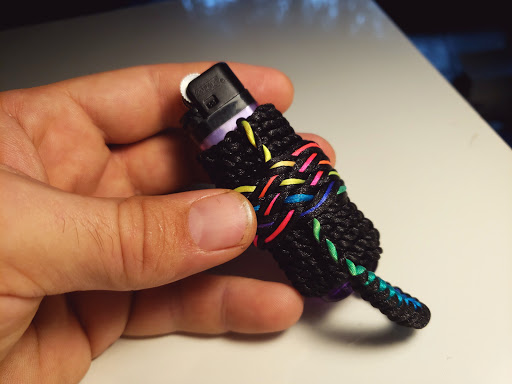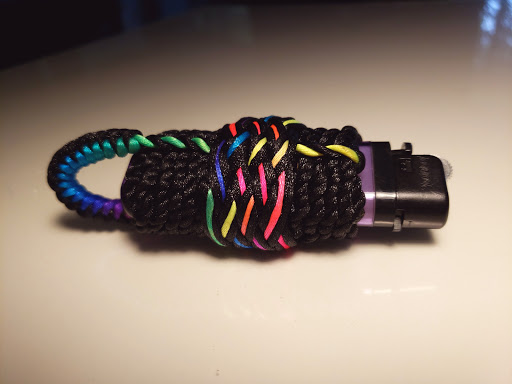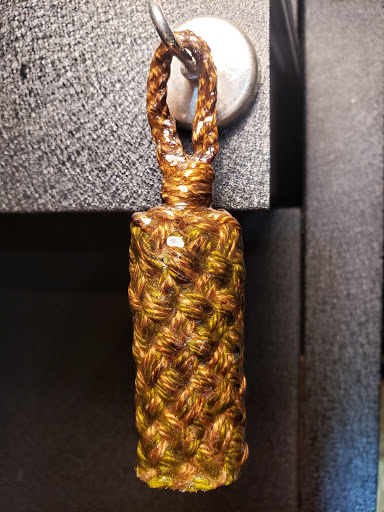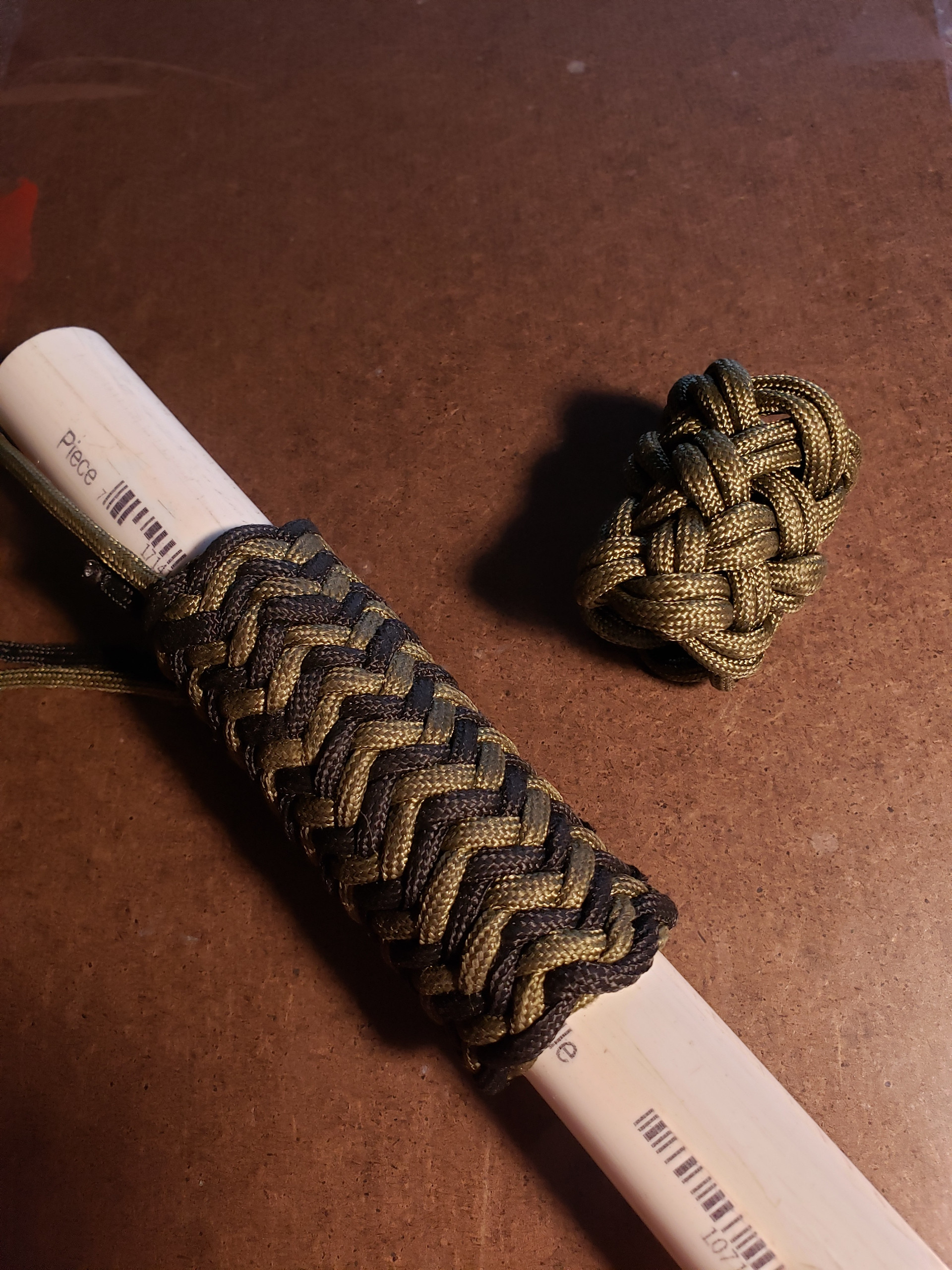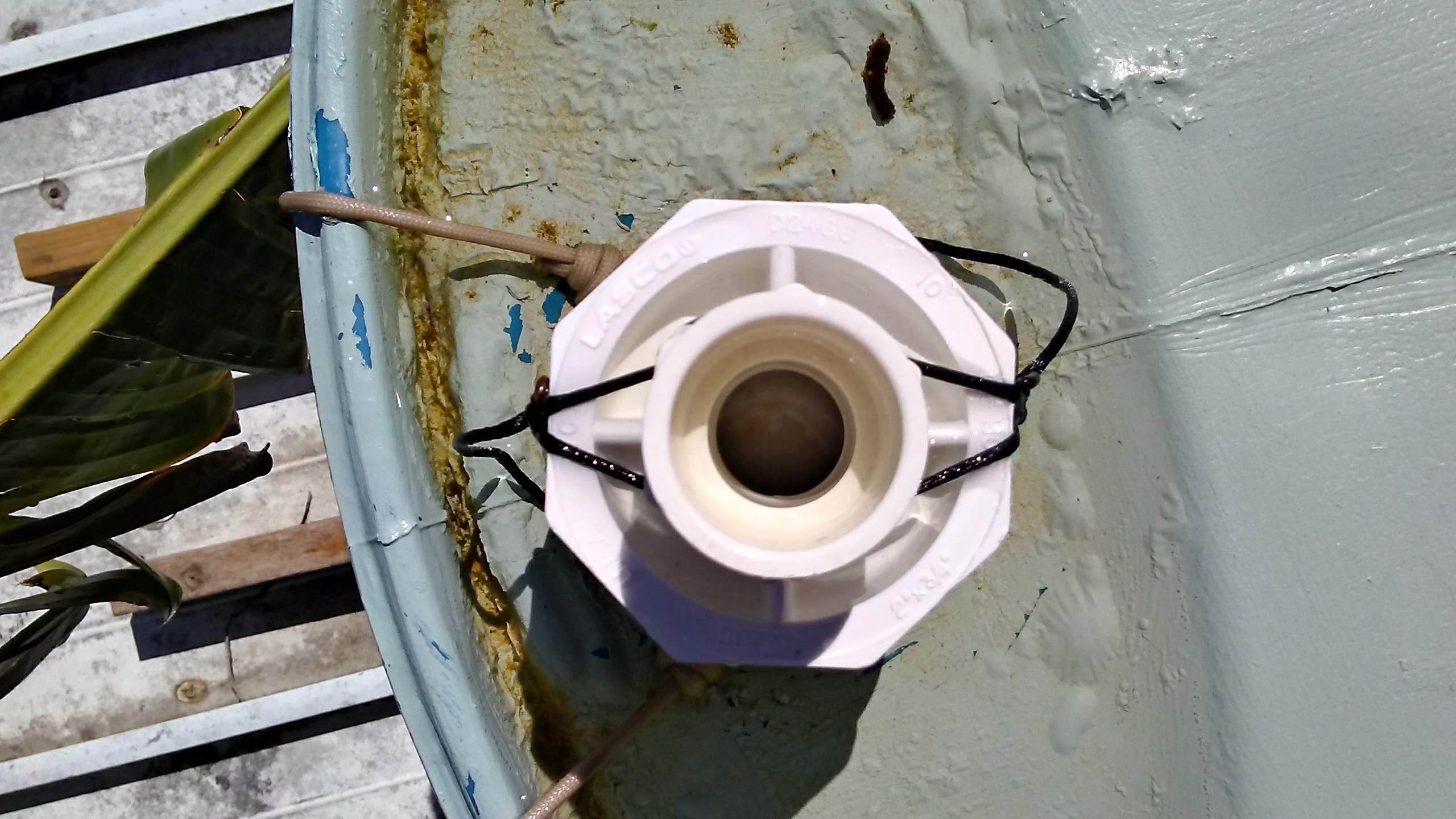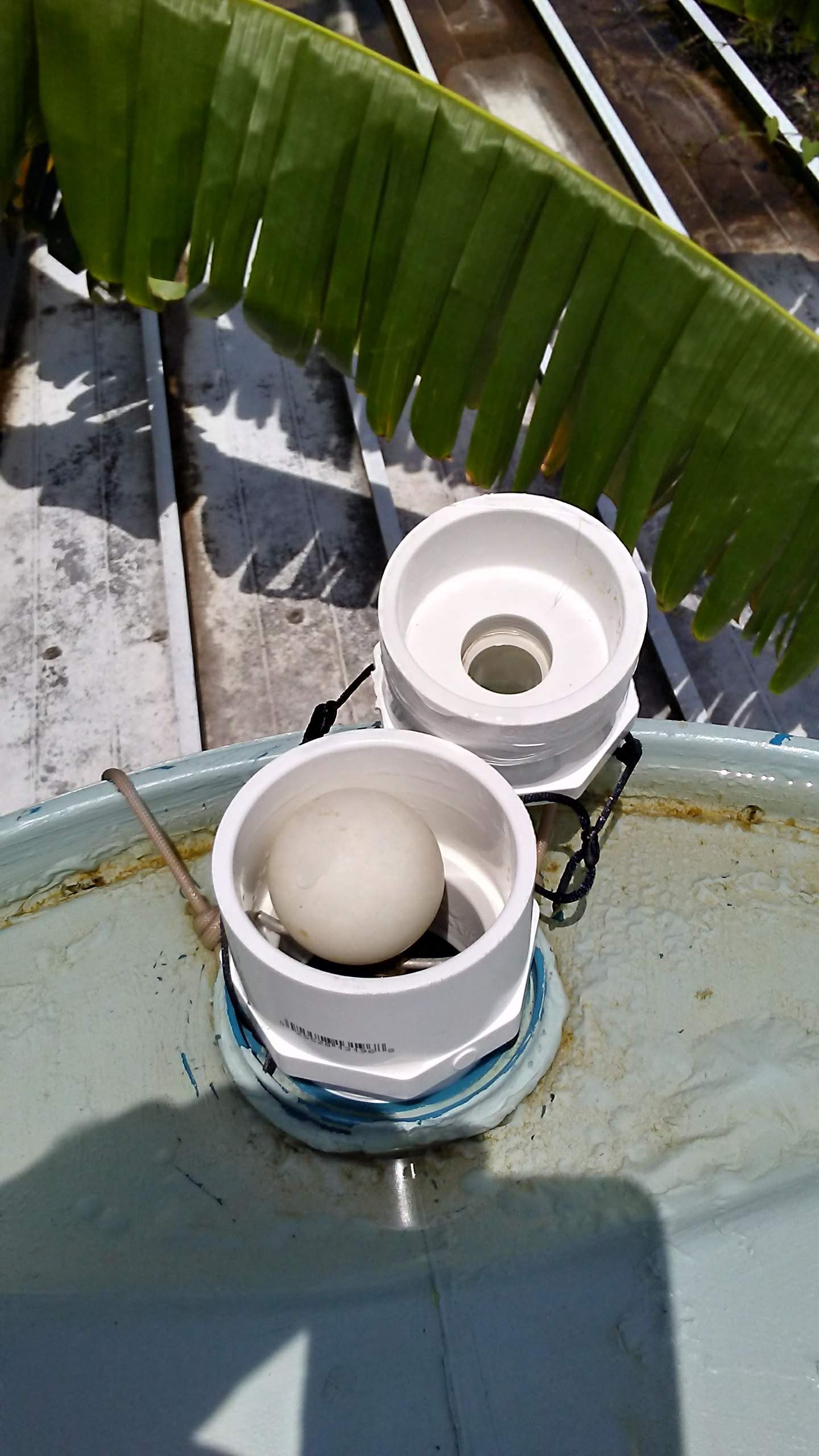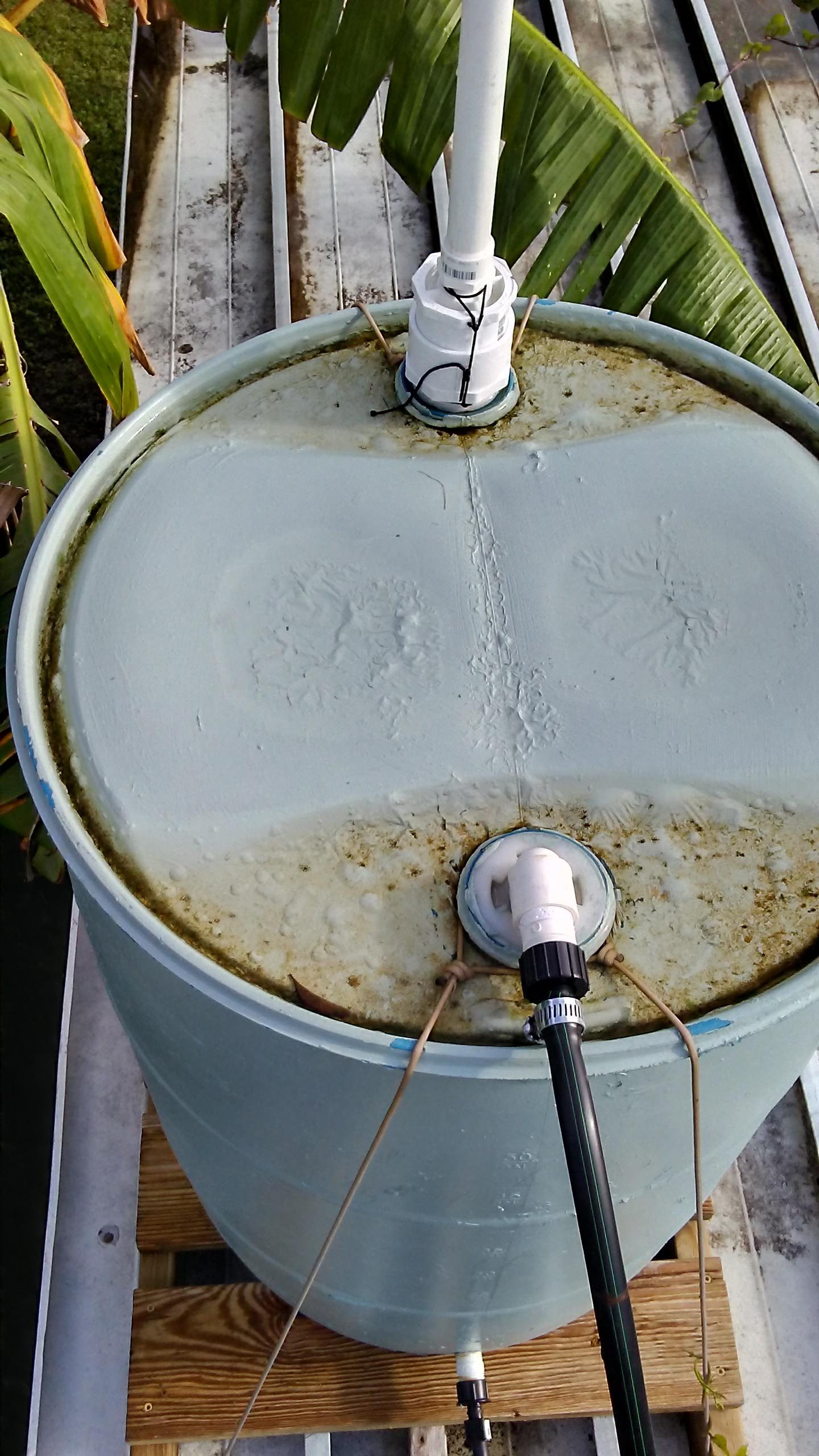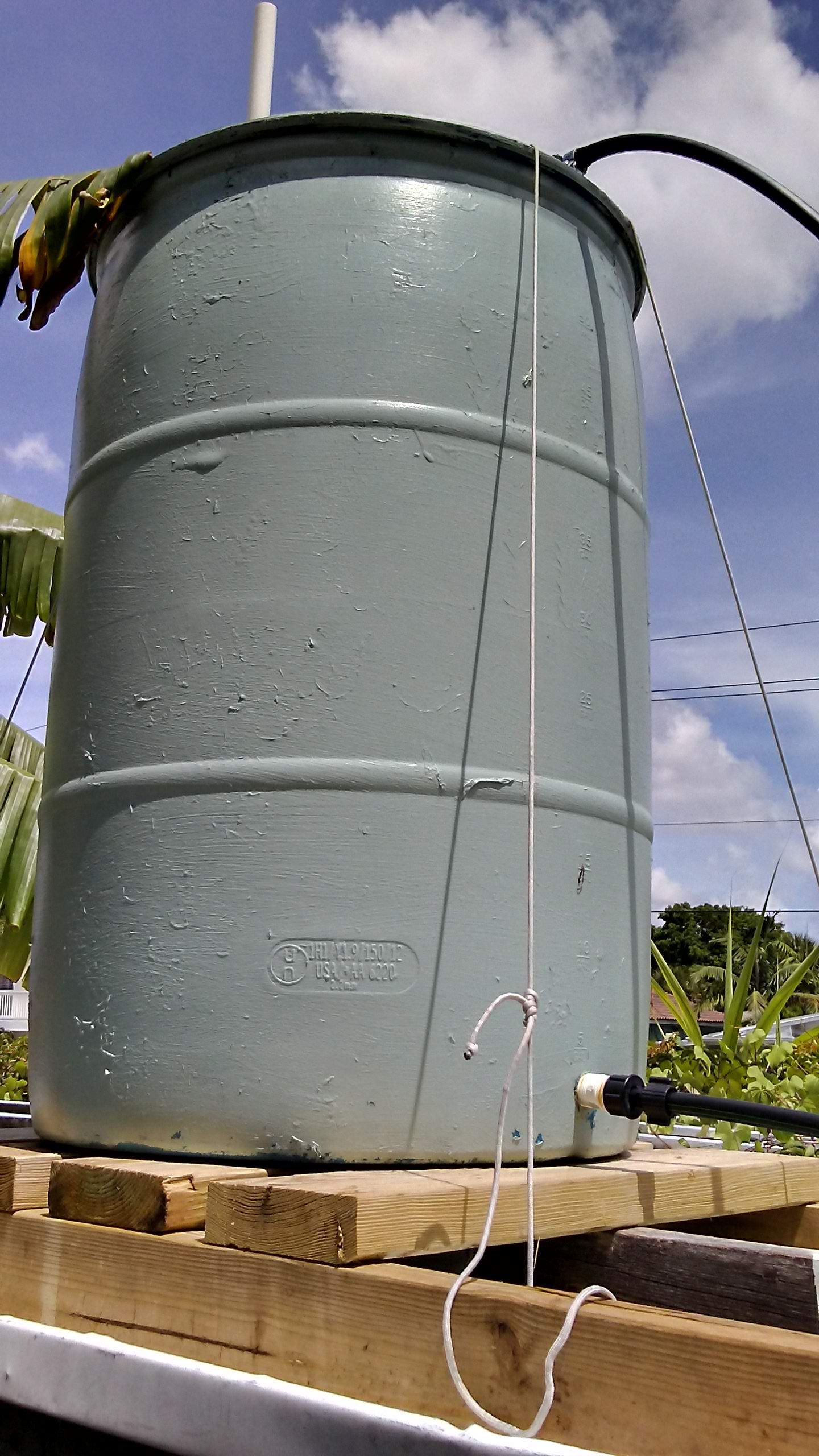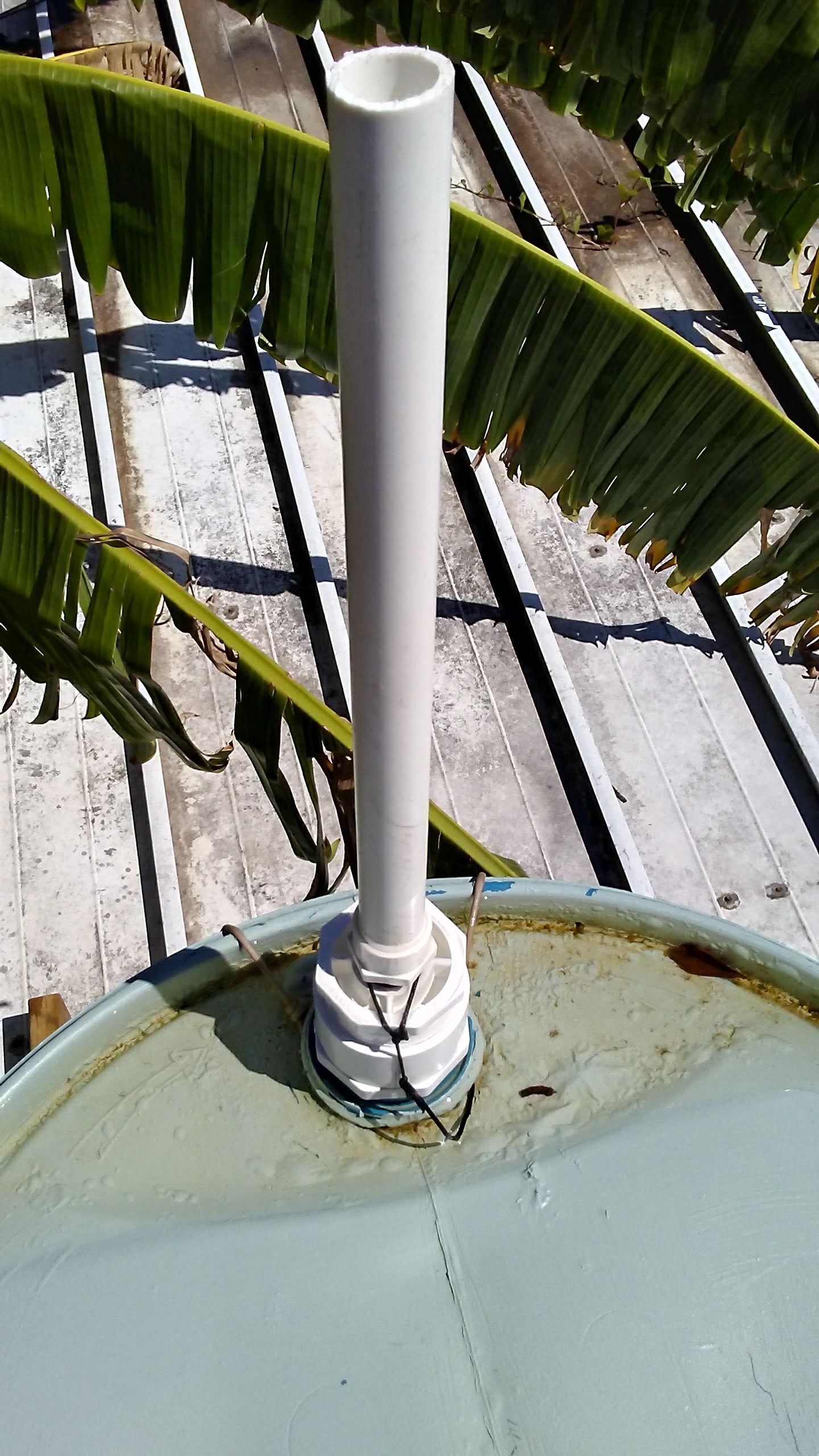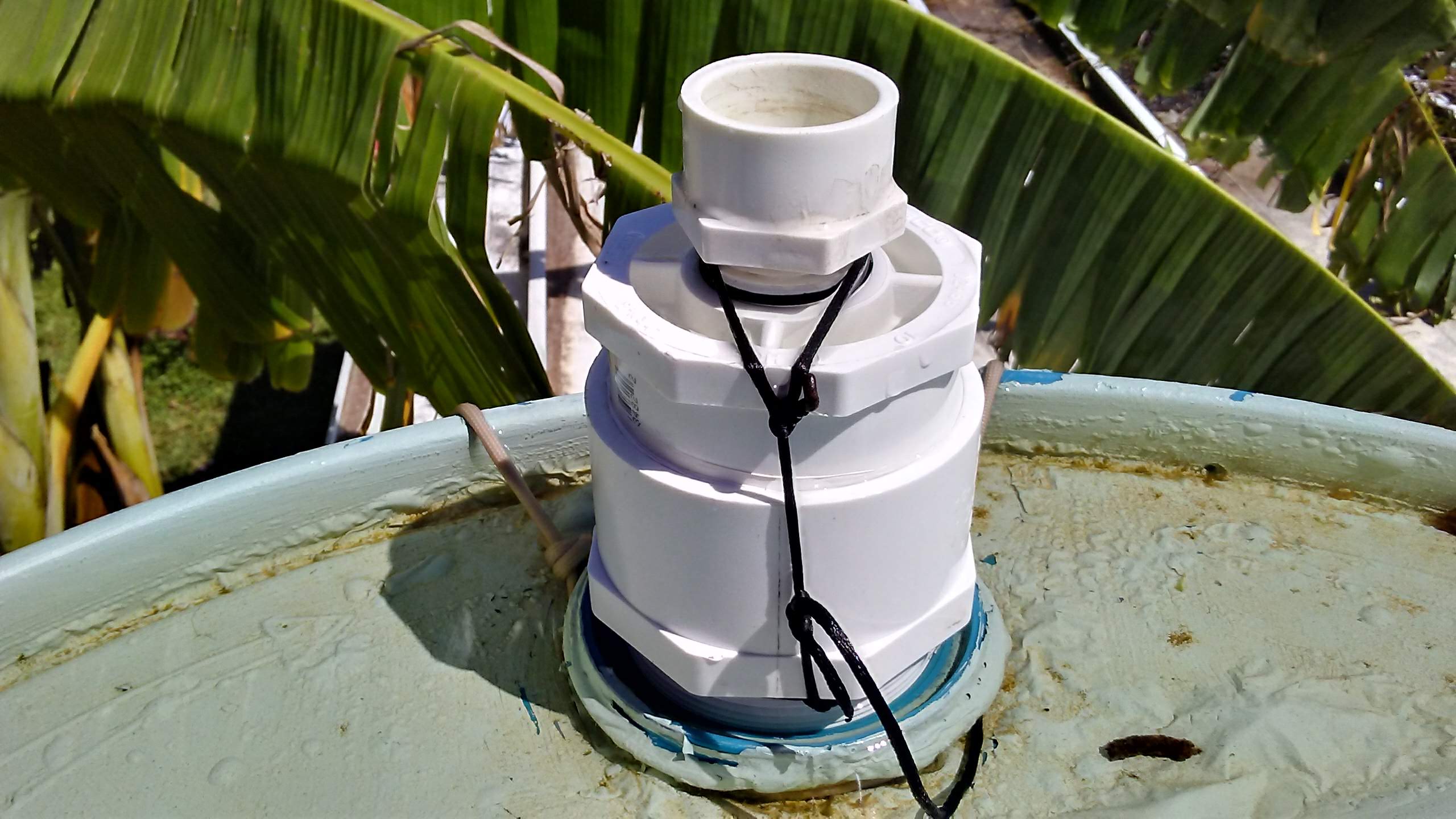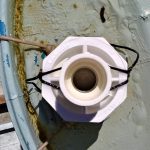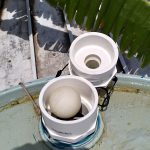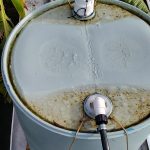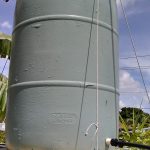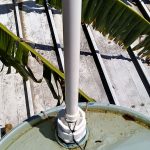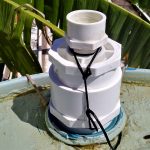Here it is. My northern-most hugelkulture bed was refactored into a pond. Here’s the before pic:
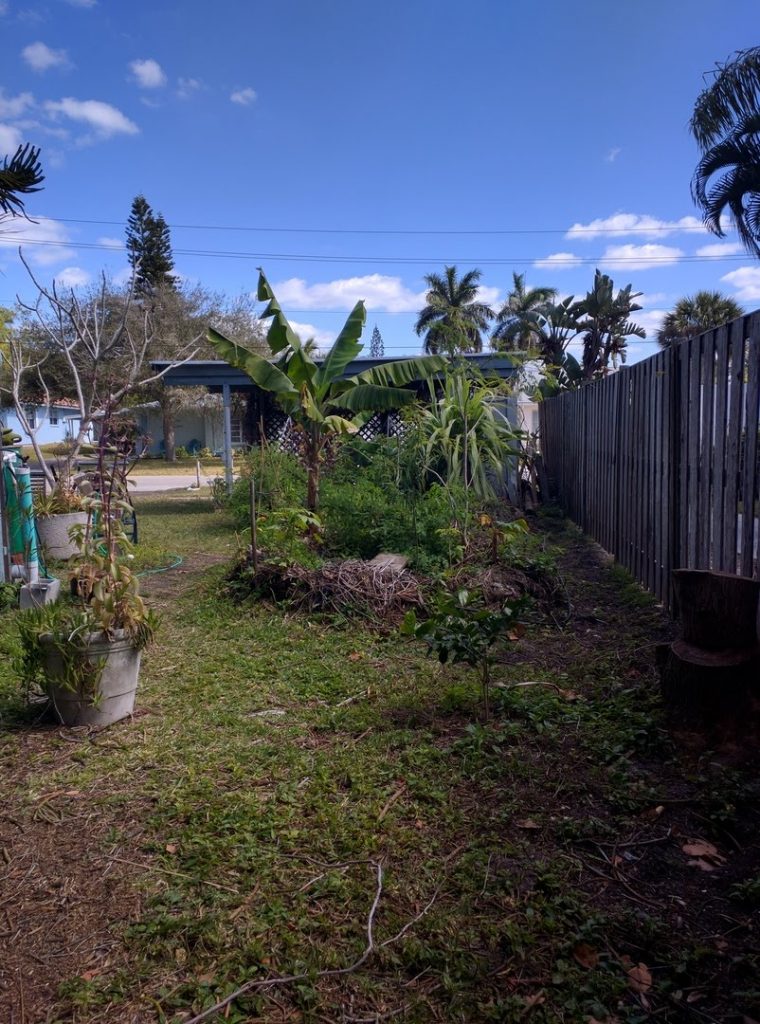
Here’s what it looks like after.
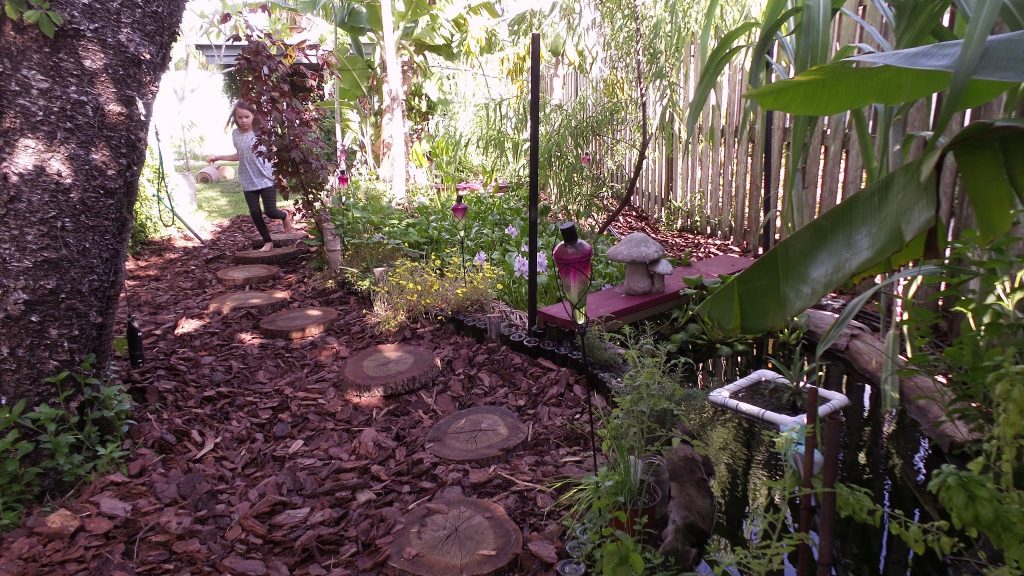
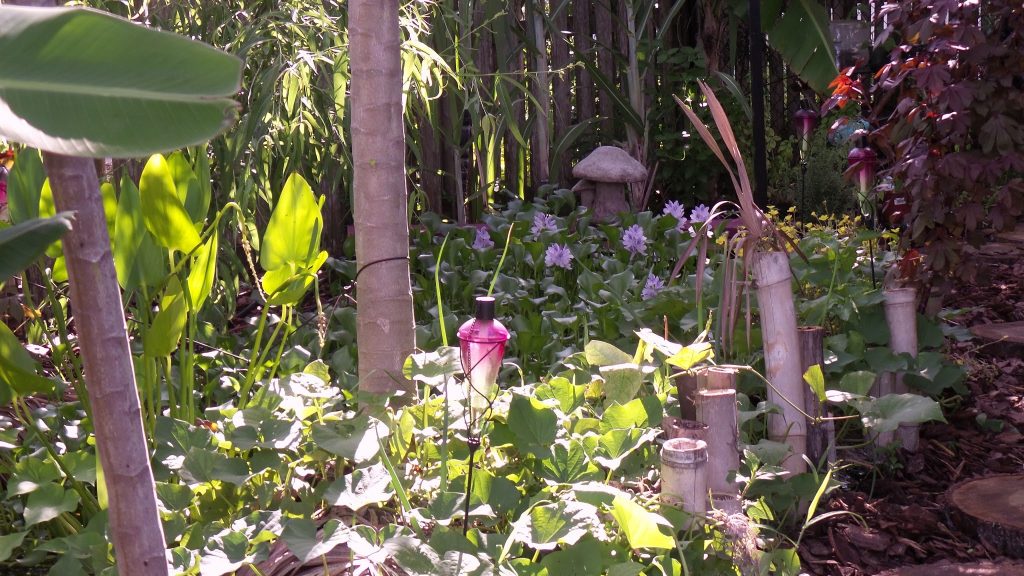
Here’s a video of my pond more recently with my aquaponics bed:
I didn’t want to import rocks and was curious what I could use around my area, so I experimented with burlap & with different parts of varying types of palms: cabbage, golden, royal, saw (frond, stem, sheath). I settled on saw palmetto for the first couple years.
I also decided not to use a pump for the first year, the pond was populated with water hyacinth for nutrient removal, hornwort for oxygen, and guppies for mosquito control. I’ve enhanced the pond over time with a solar pump that moves water around during the day (supplementing oxygen) and tops off a rain barrel which drains into a garden bed over night (supplementing nutrient removal).
I wish I could post in-progress pics, but my phone died before I had a chance to back them up. The following are pictures starting from just after I dug the hole and put the liner in:

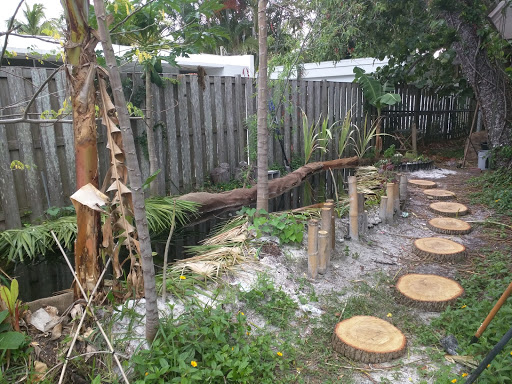
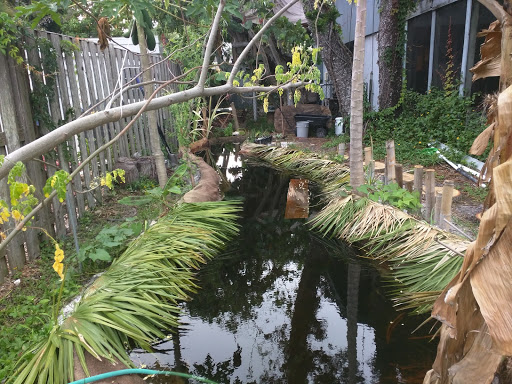
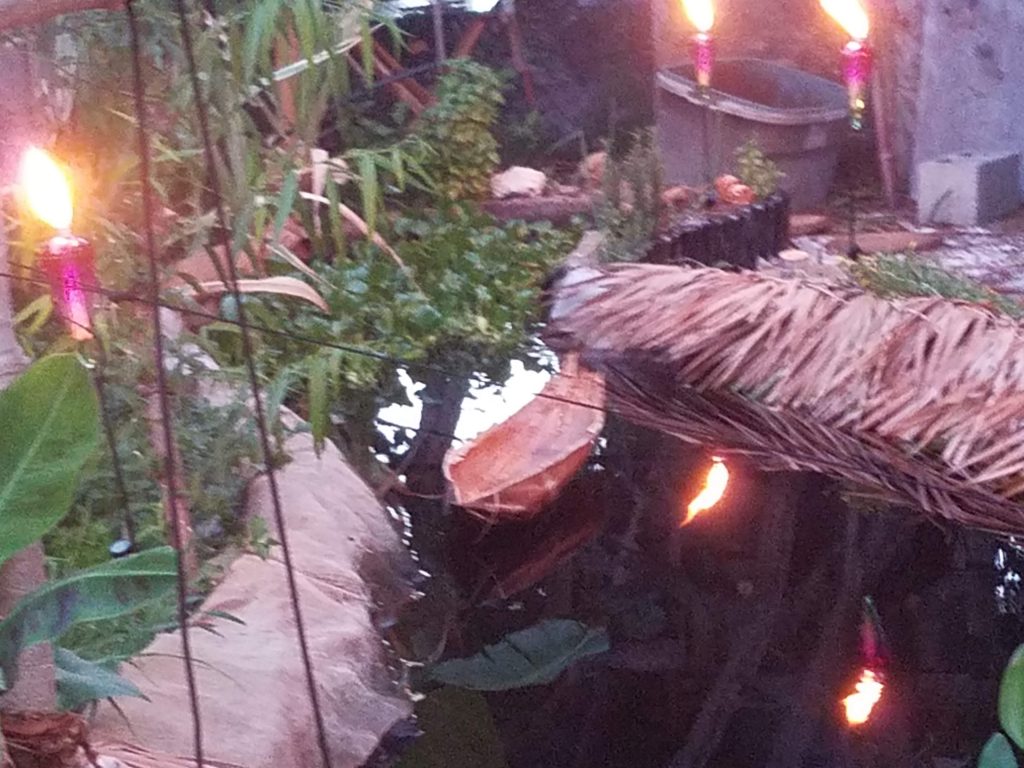
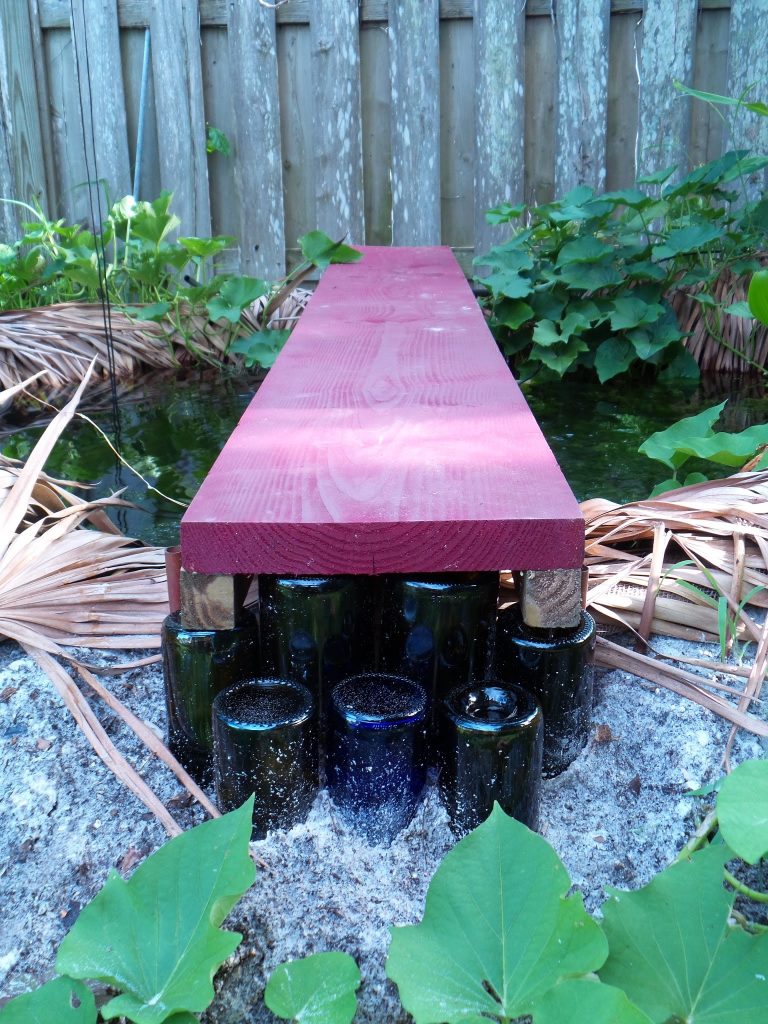
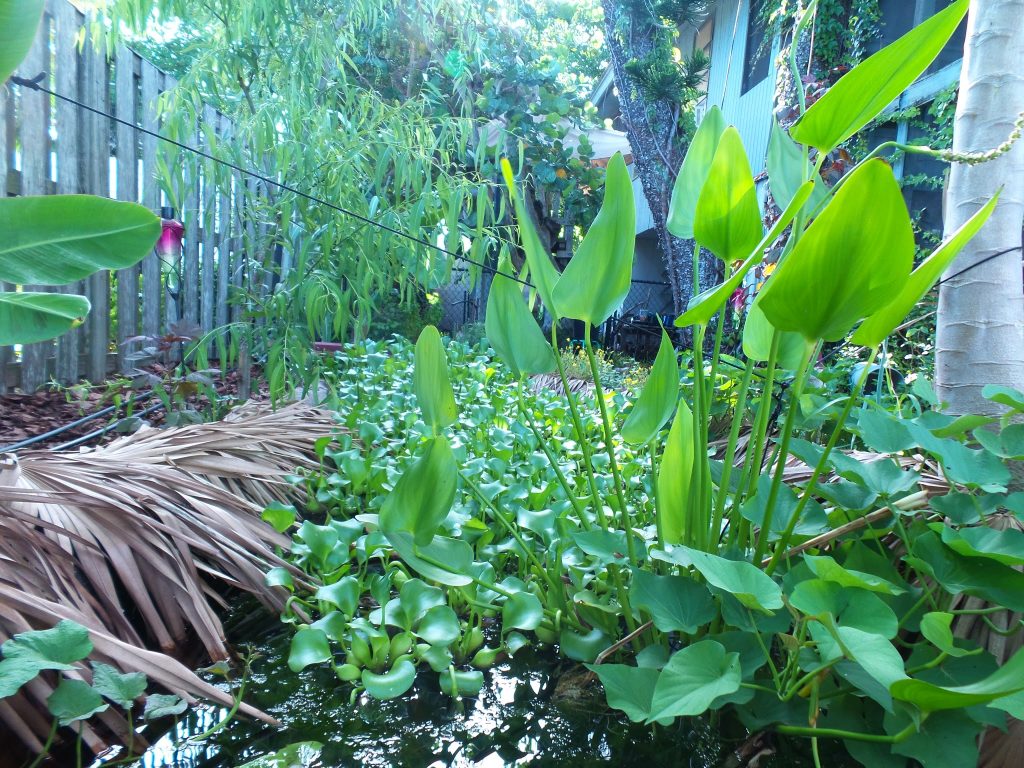
Playing with aquaponics: This little raft worked well for sweet potato and rooting onions but my the romaine grew for a while then got root rot. I now have an ebb and flow bed I’m trying. You can find that here:
Water powered timer for grow bed
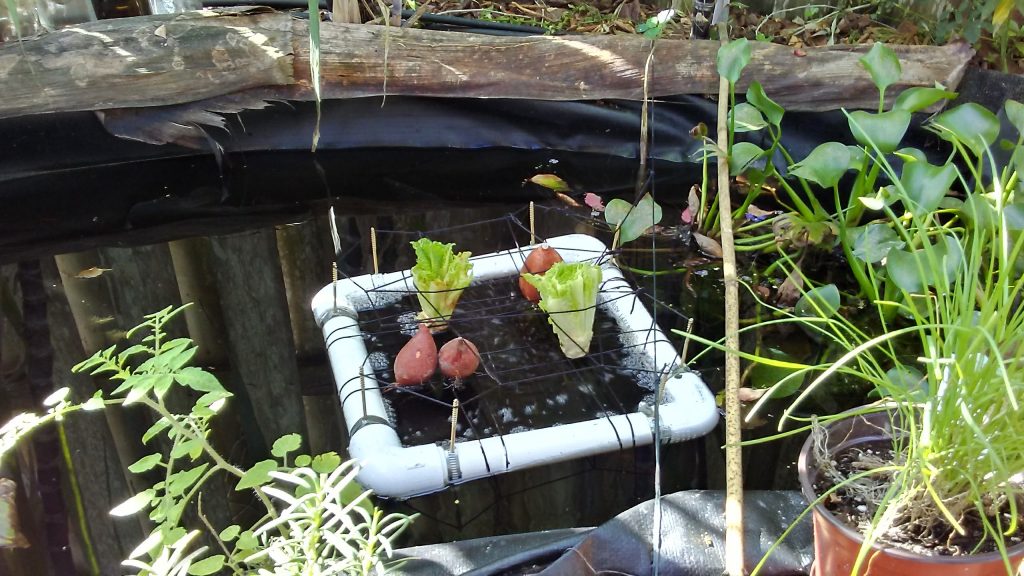
Within a half year, water hyacinth had completely covered the pond. I net out overgrowth and mulch/layer on them on the beds surrounding the pond.

After a couple years the thatch disintegrated and I started using banana stem. It’s a easier to tuck under the liner because it’s flexible (after you roll it) and it’s more locally more renewable for me too; since banana is growing next to my pond :)
